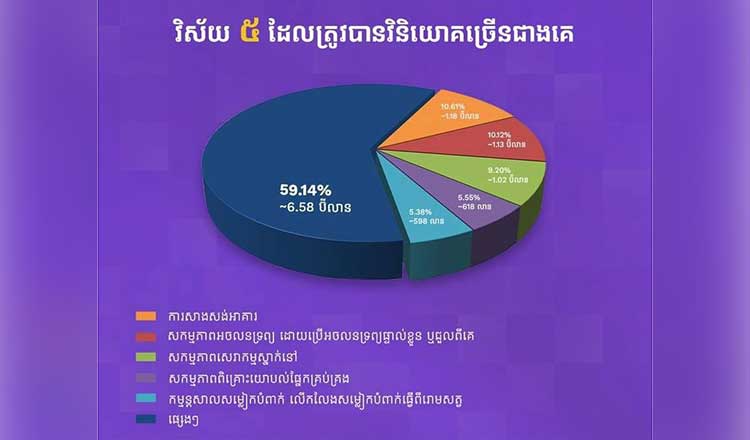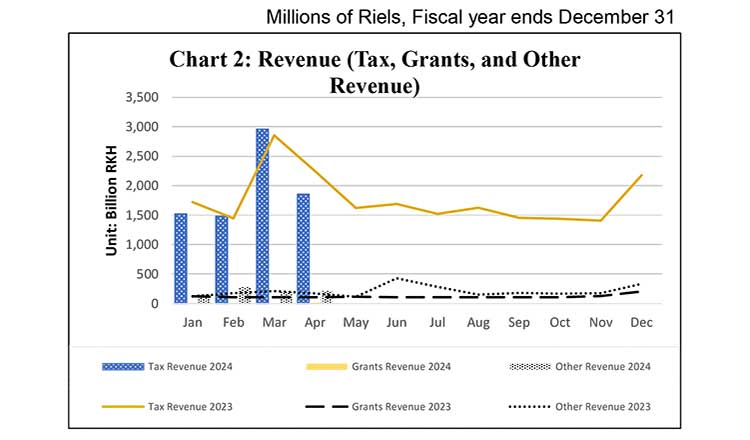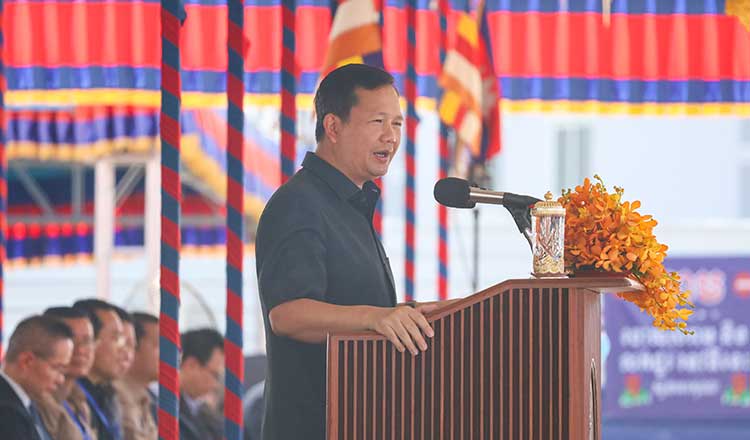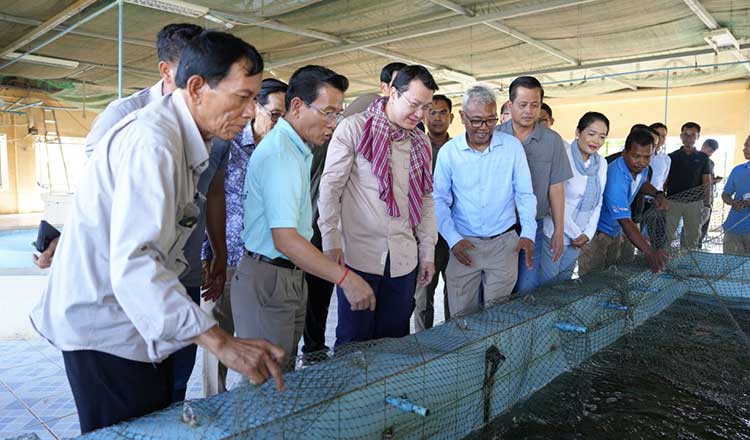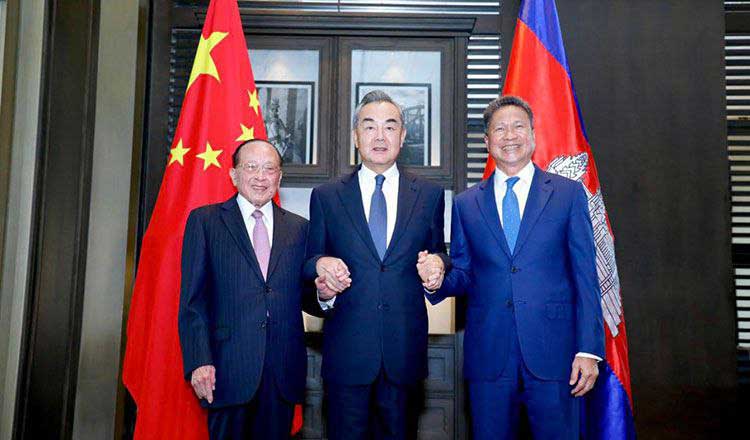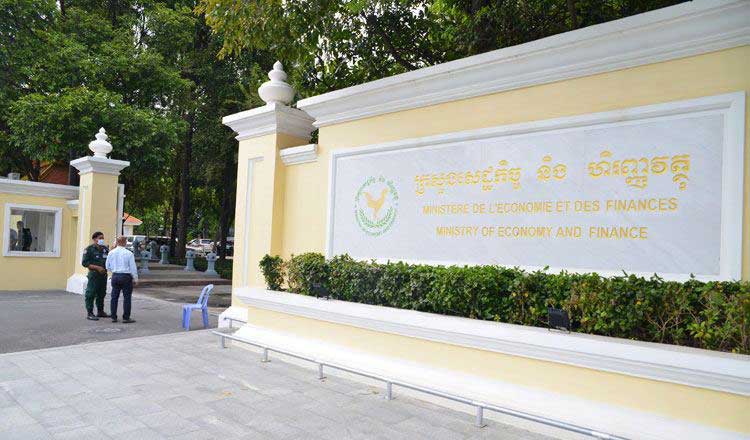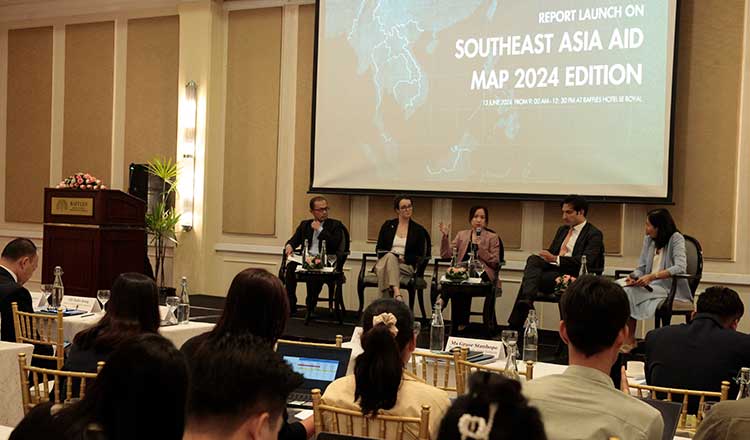With 1.3 percent share, US FDIs in Cambodia ‘a drop in the bucket’
With 1.3 percent share, US FDIs in Cambodia ‘a drop in the bucket’
The flow of Foreign Direct Investments (FDIs) from the US to Cambodia remained low and this has been attributed to the increasing geopolitical rivalries between the US and China.
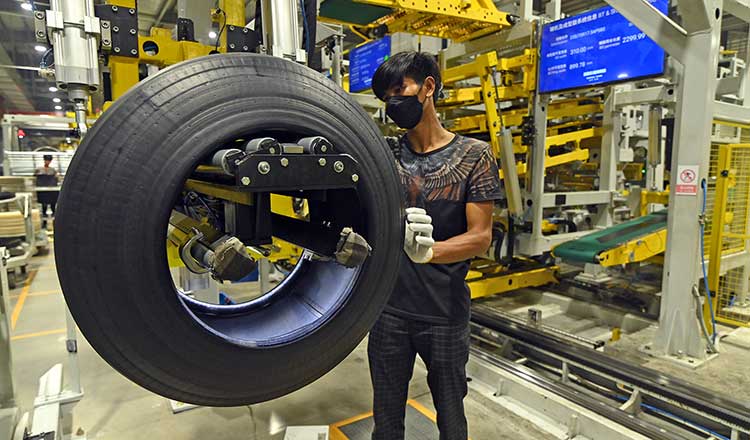
According to the Annual Financial Stability Review Report 2023 of the National Bank of Cambodia (NBC), while China led the FDIs in Cambodia with a 56 percent share last year, the investments from the US, the largest economy in the world, were only 1.3 percent.
“The US FDI in Cambodia is a drop in the bucket while taking into account the fact the world’s largest economy invests nearly $1 trillion in the Asia Pacific region. The top ASEAN beneficiaries are Singapore, Indonesia, Vietnam, Thailand and Malaysia and Cambodia is nowhere near,” Anthony Galliano, Group CEO of Cambodian Investment Management, told Khmer Times.
This dryness in the US investments in Cambodia is despite the fact that the US accounts for nearly 40 percent of Cambodian exports and is its top export destination.
According to the NBC report, China (56 percent) was followed by Korea (10.2 percent) and Canada (9.5 percent) in FDI flow for Cambodia in 2023. They were then followed by Japan (7.6 percent), Singapore (6.6 percent), Malaysia (2.5 percent), the UK (1.6 percent), the US (1.3 percent), Vietnam (0.9 percent) and other countries at (3.9 percent).
According to Anthony, Cambodia has always avoided an adversarial relationship with the US and strives for harmonious ties with the world’s two largest economies. He, however, indicated that Cambodia has to do more to attract big investments from the US.
When it comes to the US FDIs, only Brunei, Myanmar and Laos receive less than Cambodia. “Cambodia is presently missing out on the huge US FDI wallet, as US companies are concerned about investing in countries that do not have strong relationships with the United States,” Anthony said.
“There is no doubt that the existing and growing commercial and geopolitical tensions between the US and China are impacting US investment into Cambodia but these have not affected trade, as Cambodian exports to the US remain strong despite the absence of the Generalized System of Preferences (GSP),” he noted.
According to Anthony, there is a generational shift underway as the world rethinks its supply chain post-Covid, and in particular as the US either de-risks or decouples from China, reducing economic ties with China.
“The US has positioned major ASEAN countries as key partners in restructuring and strengthening supply chains around friendly countries. It has included them in the IPEF, a new framework for economic cooperation and has succeeded in including the major ASEAN countries in this framework, but unfortunately, Cambodia is not a member,” he noted.
“ASEAN countries generally wish to remain neutral in their relations with the US and China. Cambodia will need to manage perception that they are indeed in this genre,” he said.
Vichet Lor, Vice President of the Cambodia Chinese Commerce Association, however, maintained that the tensions between the two top economies have not just affected Cambodia but also the ASEAN region as well.
“There is no doubt that improvement in ties between the two giants will create more investment and employment opportunities in the region. For example, a downturn of the Chinese economy due to rising tensions with the US resulted in a lower volume of real estate investment in Cambodia from China,” he said.
A report by the Council for the Development of Cambodia (CDC) in January 2024 showed that Cambodia attracted fixed-asset investment of $4.92 billion in 2023, up 22 percent from $4.03 billion a year earlier.






